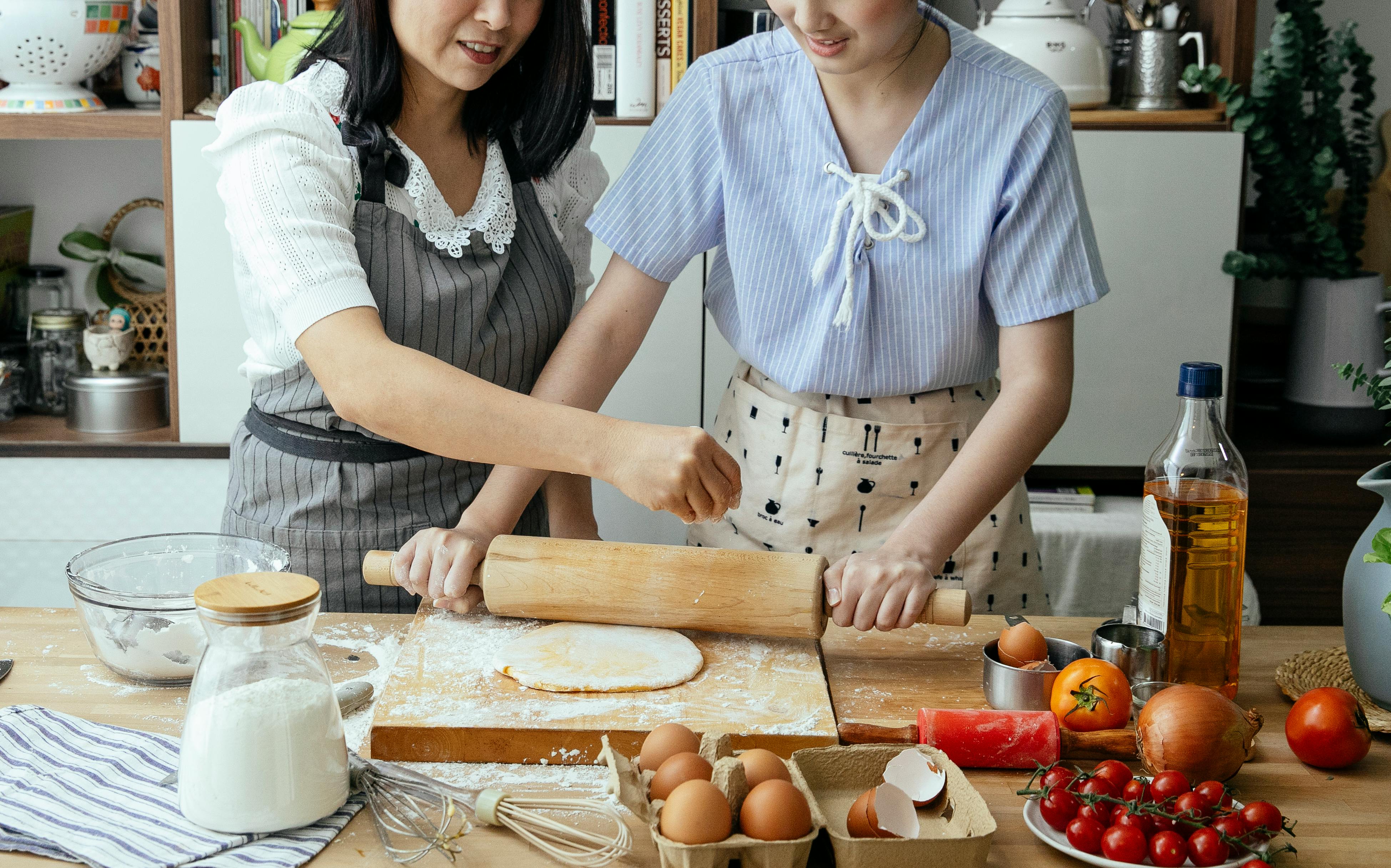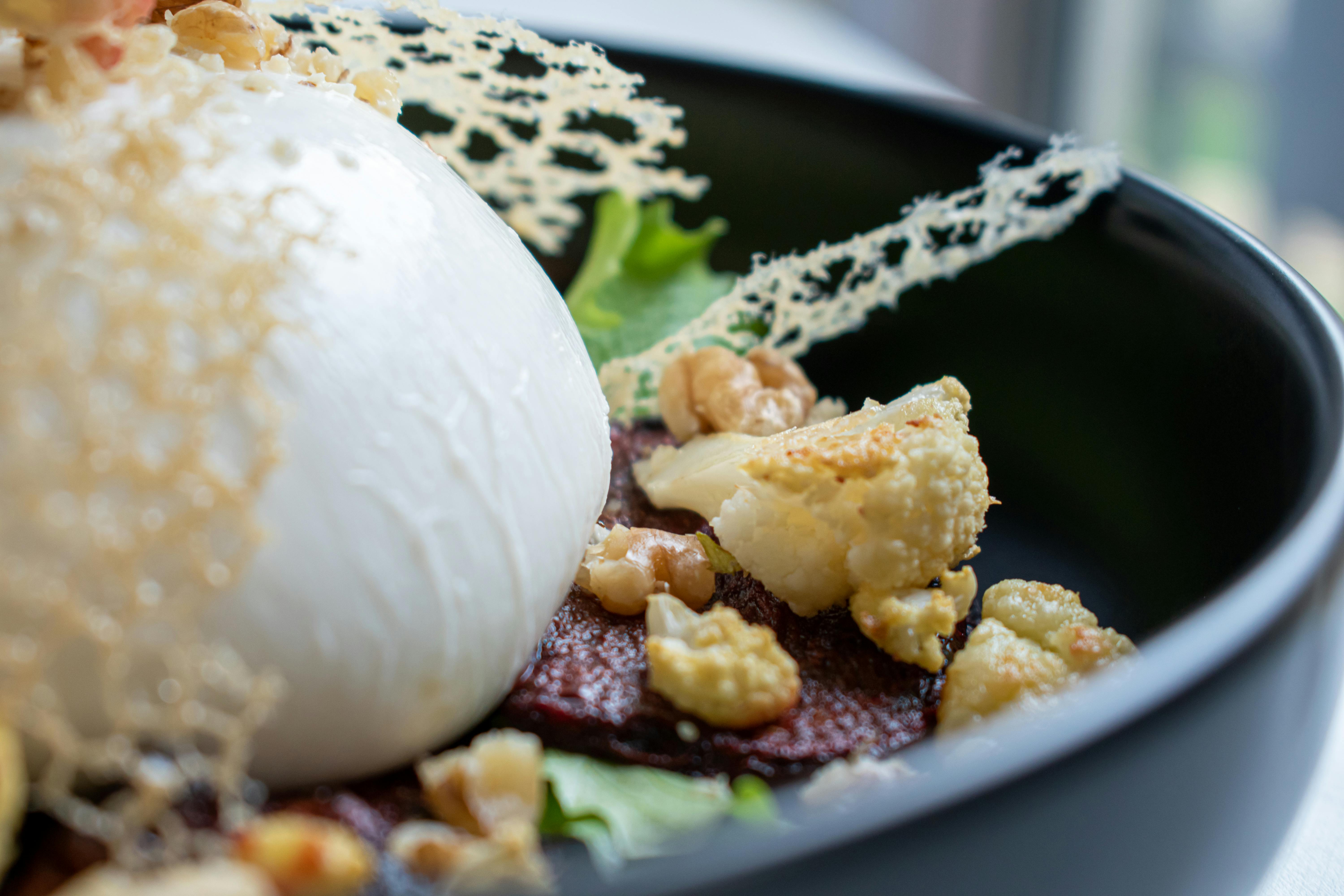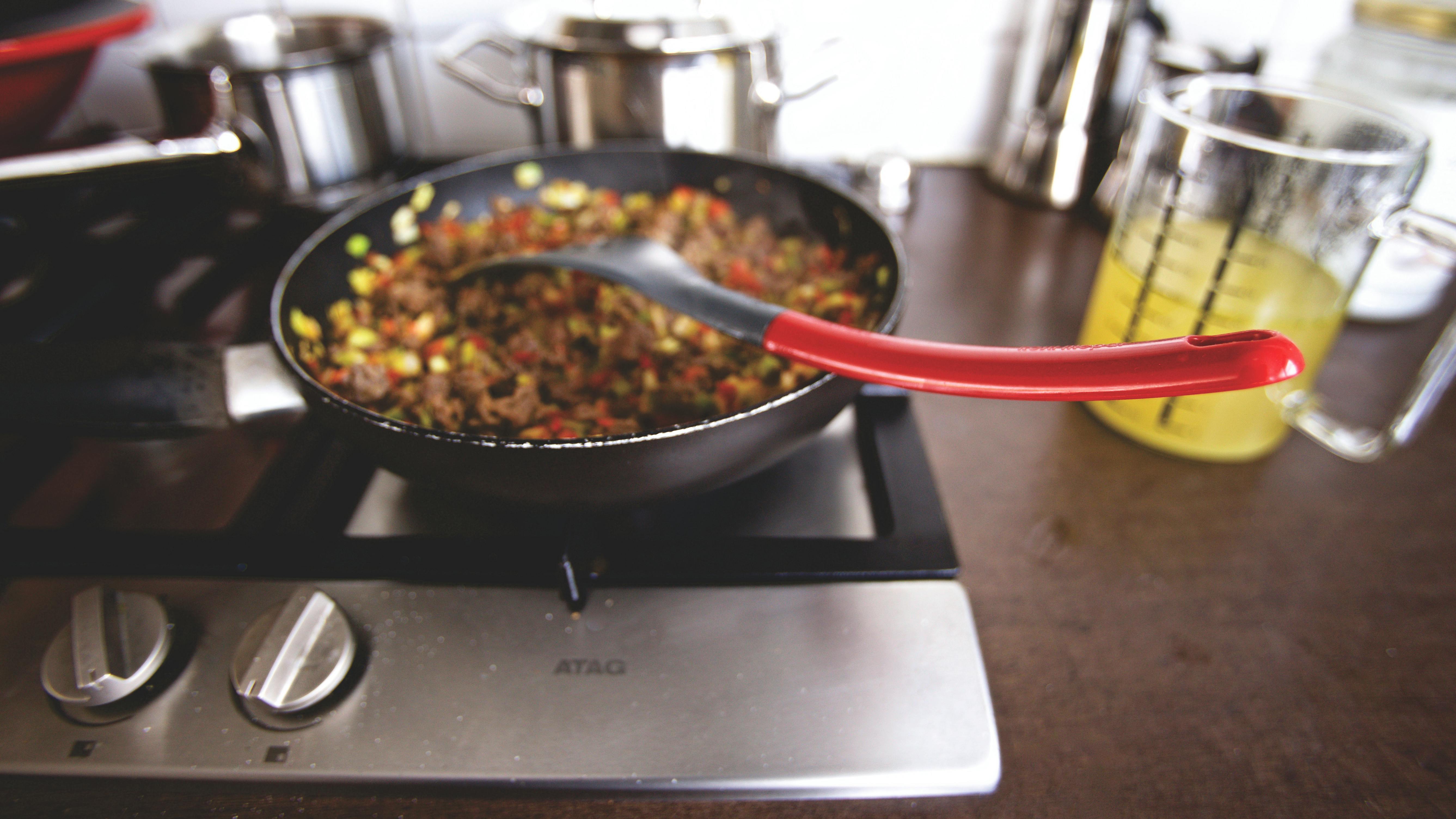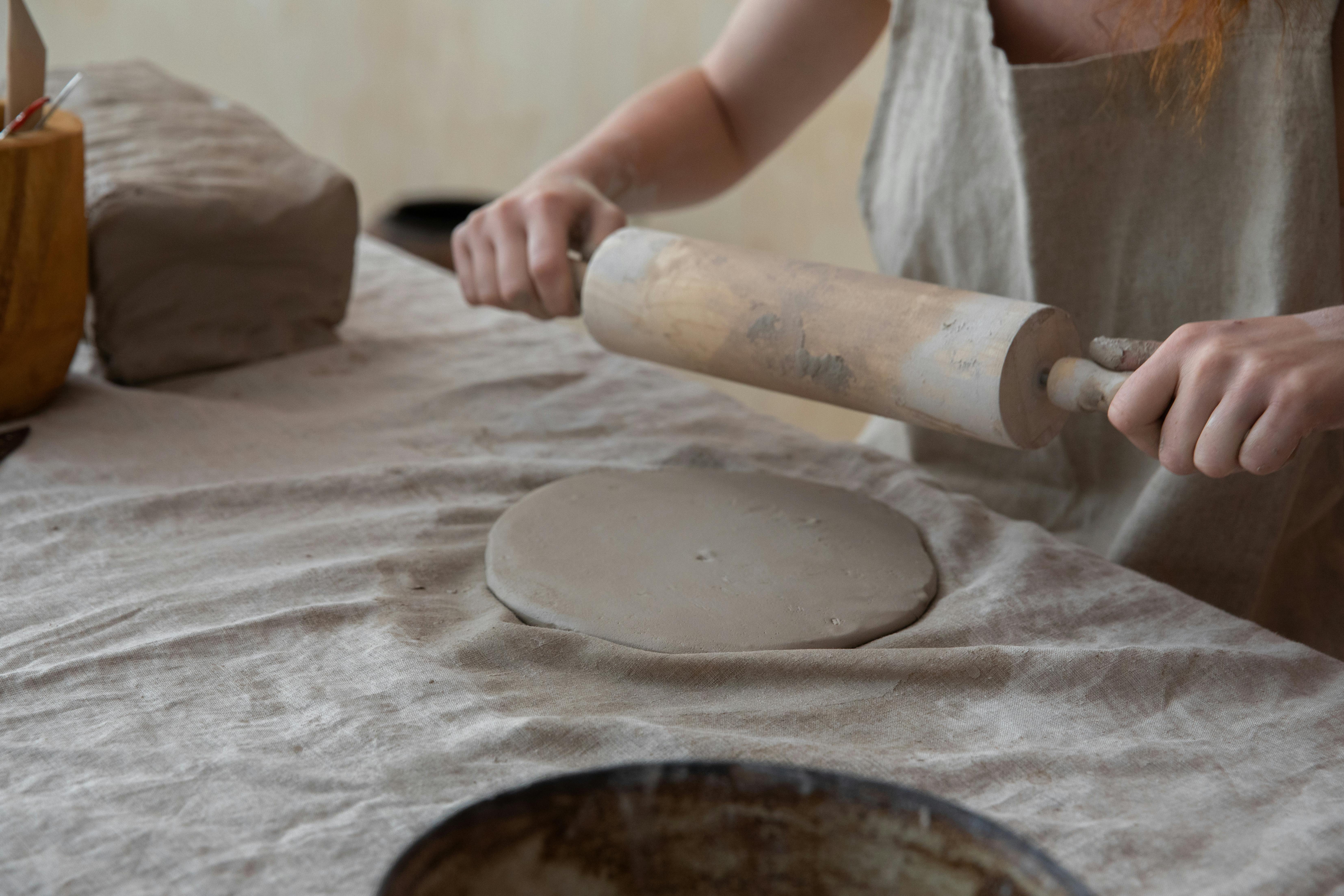
kitchen tea
Although cooking with tea has gained popularity in recent years, driven by the antioxidant properties and sensory richness of the infusion, the culinary uses of camellia sinensis (the tea plant) date back to time immemorial. In the middle of the 13th century, the Mongol empire annually demanded millions of kilos of tea from China, which were exchanged for horses; In addition to evaluating its digestive qualities, the Mongolians consumed the infused strands of Pu-erh as a daily vegetable. Yes, sautéing tender vegetables seasoned with the moist buds of a traditional white tea, for example, is a pleasure reserved for true connoisseurs of the subject.
“What can you cook?” Literally everything from mid-range white, green, black and pure oolong teas to European-style scented blends. Take notes! Marinades for meats, stuffings for roasted poultry and sautéed fresh or dried fruit can be enriched with camellia-infused yolks and leaves; When dry, the strands are capable of imparting aroma and flavor to dough, pastries and savory pastries. The next time you decide to bake homemade cookies, add a sprinkle of Earl Gray of your choice to the dough; the result, as you will see, is fascinating.
During the kneading and softening process, chocolate can also be mixed with dried camellia strands to take on all sorts of sensory profiles: fruity, spicy, smoky, vegetal, earthy… Just like fleur de sel, a pinch of camellia strands helps enhance the flavor of chocolate bars, bonbons and truffles.
Let us now turn to matcha, the most frequent example in contemporary culinary creation. Made from buds and leaves for the production of high-quality green teas, such as gyokuro or some varieties of sencha, ground to a fine, very bright and bitter powder, matcha has become an essential part of sweet creations. from all over the planet. Thanks to its powdery texture, this pure green tea is perfect for dissolving in doughs, sauces, sweet creams and all kinds of desserts.
Be careful, we have already said that not all matcha are the same. Before adding tea to a brew, it’s important to verify that it’s a culinary-grade variety; Unlike specimens intended for ceremonial use, culinary matcha is designed to express particular aromas and flavors when subjected to a cooking method.
How to use it? Start by infusing the tea gently whisking it in hot water at 70-75°C to remove any lumps; Matcha is very delicate, so a higher temperature liquid medium could severely damage it. Once ready, the infusion can be freely added to the recipe. Remember that, due to its concentration of aromas and flavors, this pure green tea should always be used in small proportions.
Your task, dear reader, is to incorporate tea strands into your Christmas cooking. Don’t forget to tell us how it went.








